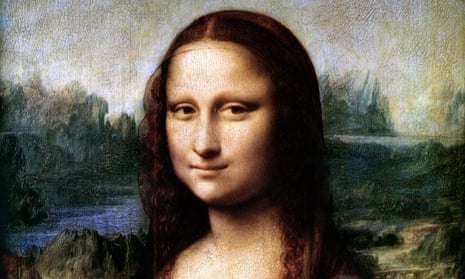Mona Lisa’s famous image could have been inspired by both the male and female form, a self-styled Italian art detective has claimed.
Silvano Vinceti says new research backs his long-standing theory that Leonardo Da Vinci used both a female and male model to create the acclaimed portrait that hangs in Paris’ Louvre museum.
While the identity of the woman is not certain, historians believe Lisa Gherardini, the wife of Florentine silk merchant Francesco del Giocondo, sat for Da Vinci for the painting.
But Vinceti says he used infrared technology to examine the painting and made key findings in its first layer.
“In that layer we can see that she was not smiling and joyful but looked melancholic and sad,” he said, adding the second model could have been Gian Giacomo Caprotti - Da Vinci’s male apprentice, known as Salai.
Using Photoshop, Vinceti compared the “Mona Lisa” face to other Da Vinci works Salai is believed to have posed for, including “St John the Baptist“.
“We have used all the paintings in which Leonardo used Salai as a model and compared them to the ’Mona Lisa’ and certain details correspond perfectly; so he used two models and added creative details which came from his own imagination,” he said.
“I believe that this goes with a long-time fascination of Leonardo’s, that is, the subject of androgyny. In other words, for Leonardo, the perfect person was a combination of a man and a woman.“
Vinceti also bases his theory on claims by 16th Italian art historian and painter Giorgio Vasari that Gherardini’s husband hired clowns to try to make her smile for the sitting.
Salai’s name has in the past been linked to the “Mona Lisa”, but other historians have dismissed the claims.
Vicenti is known for controversial theories surrounding the Mona Lisa. He previously suggested that the letters “LV” were visible in her right pupil – a claim that has been repudiated by experts at the Louvre.

Comments (…)
Sign in or create your Guardian account to join the discussion